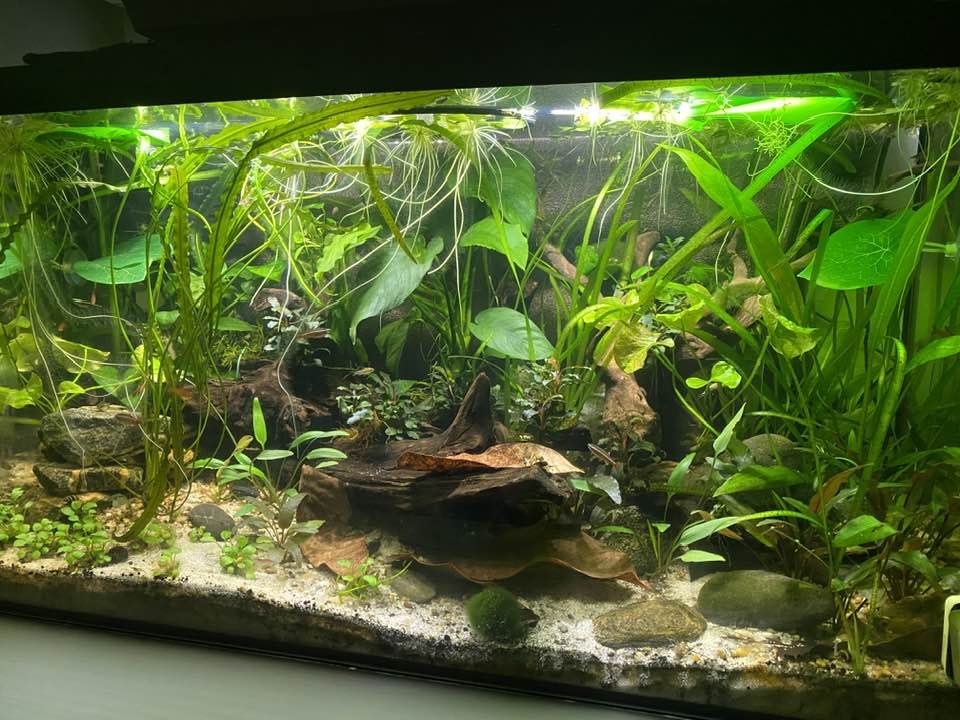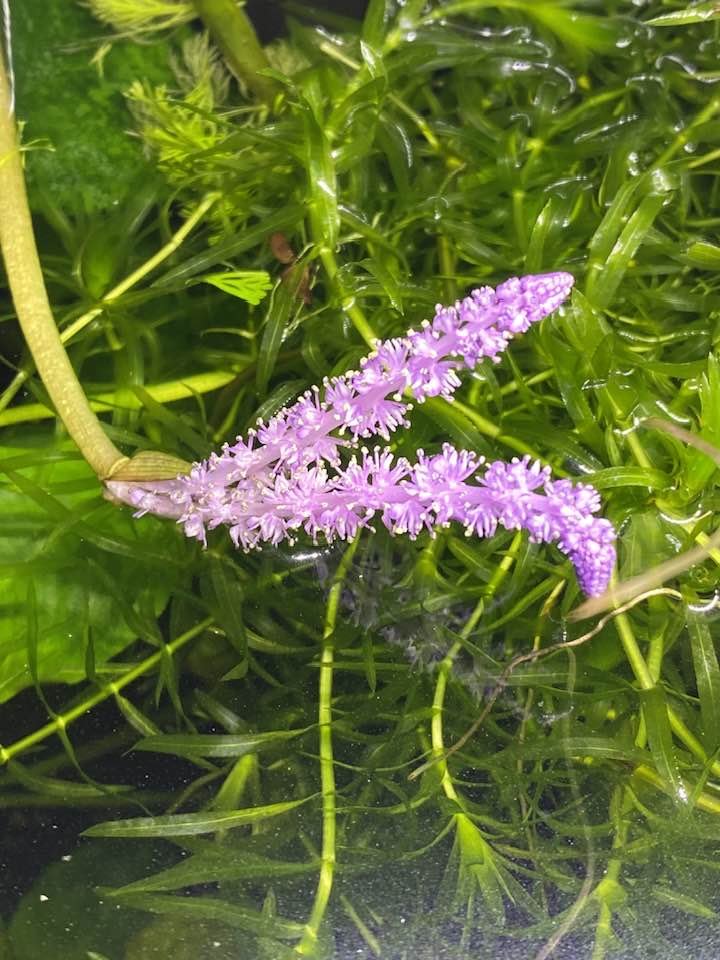Honestly, if plant roots and snails are in the substrate it should be fine. I've had a friend panic with a deep sand bed with Discus when they have been poking around and got a whiff. But for me, some of my easiest to maintain tanks had 4 or 5 inches of play pit sand at the back, an inch or so at the front, and just the odd root tab poked in for crypts and other greedy root feeders. Poke about mud flats and beaches and in the bottom of ponds and a slight sulphur odour can be found. I have several inches on sand, soil, find gravel and a light topping of rounded pea gravel - the latter is only to help me not catch sand in my magnetic glass cleaner, scratches are the real negative of sand - on my main tank, now running for 6 plus years, no issues whatsoever, pulled out some over large lilies and crypts last week, a little bit of a sulphur smell, no fish losses no water change by me.




